Here are the magazines I am selling in my Etsy store. I am slowly reading them to see what useful information they provide but for now just a glance which cloth items they describe how to knit.
I will add more comments as I discover something new
Volume 28, issue 3
Cover and table of contents:


Brief content in pictures





Volume 28 Issue 2
Cover and table of contents


Brief content in pictures






Volume 28, issue 1
Cover and table of contents


Brief content in pictures





Volume 27, Issue 4







Volume 27, Issue 3
Cover and table of contents


Brief content in pictures





Volume 27, Issue 2
Cover and table of contents


Brief content in pictures






Volume 27, Issue 1
Cover and table of contents


Brief content in pictures





Volume 26, Issue 4
Cover and table of contents


Brief content in pictures





Volume 26, Issue 3
Cover and table of contents


Brief content in pictures





Volume 26, Issue 2
Cover and table of contents


Brief content in pictures





Volume 26, Issue 1
Cover and table of contents


Brief content in pictures





Volume 25, issue 4
Cover and table of contents


Brief content in pictures





Volume 25, Issue 3
Cover and table of contents


Brief content in pictures





Volume 25, Issue 2
Cover and table of contents


Brief content in pictures





Volume 25, issue 1
Cover and table of contents


Brief content in pictures





Volume 24, Issue 4
Cover and table of contents


Brief content in pictures





Volume 24, Issue 3
Cover and table of contents


Brief content in pictures





Volume 24, Issue 2
Cover and table of contents


Brief content in pictures





Volume 24, Issue 1
Cover and table of contents


Brief content in picures






Volume 23, Issue 4
Cover and table of contents


Brief content in pictures






Volume 23, issue 3
Cover and table of contents


Brief cotnent in pictures






Volume 23, Issue 2
Cover and table of contents


Brief content in pictures





Volume 23, Issue 1
Cover and table of contents


Brief content in pictures






Volume 22, Issue 3
Cover and table of contents


Brief content in pictures






Volume 21, issue 1
Cover and table of contents


Brief contnt in pictures






Volume 17, Issue 3
Cover and table of contents


Brif content in pictures





Volume 13, Issue 4
Cover and table of Contents


Brief content in pictures





Volume 13, issue 2
Cover and table of cotents









Volume 12, issue 4
Cover and table of contents


Brief content in pictures





Volume 9, issue 5
Cover and table of content


Brife content in pictures (most other pictures are black and white)


Volume 9, Issue 4
Cover and table of contents


Brief cotnent in pictures (more pictures are published but they are black and white, I did not phorograph them

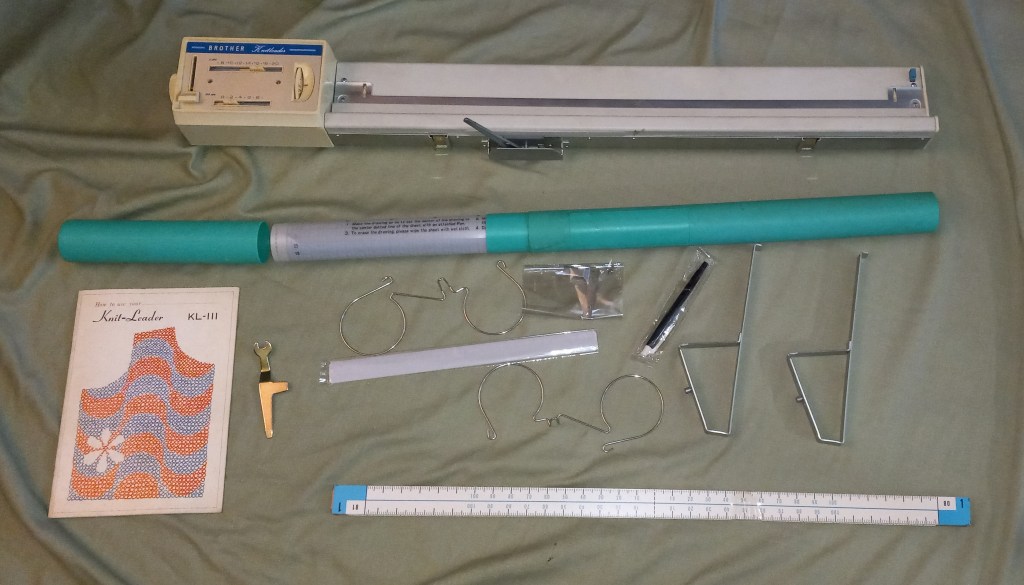

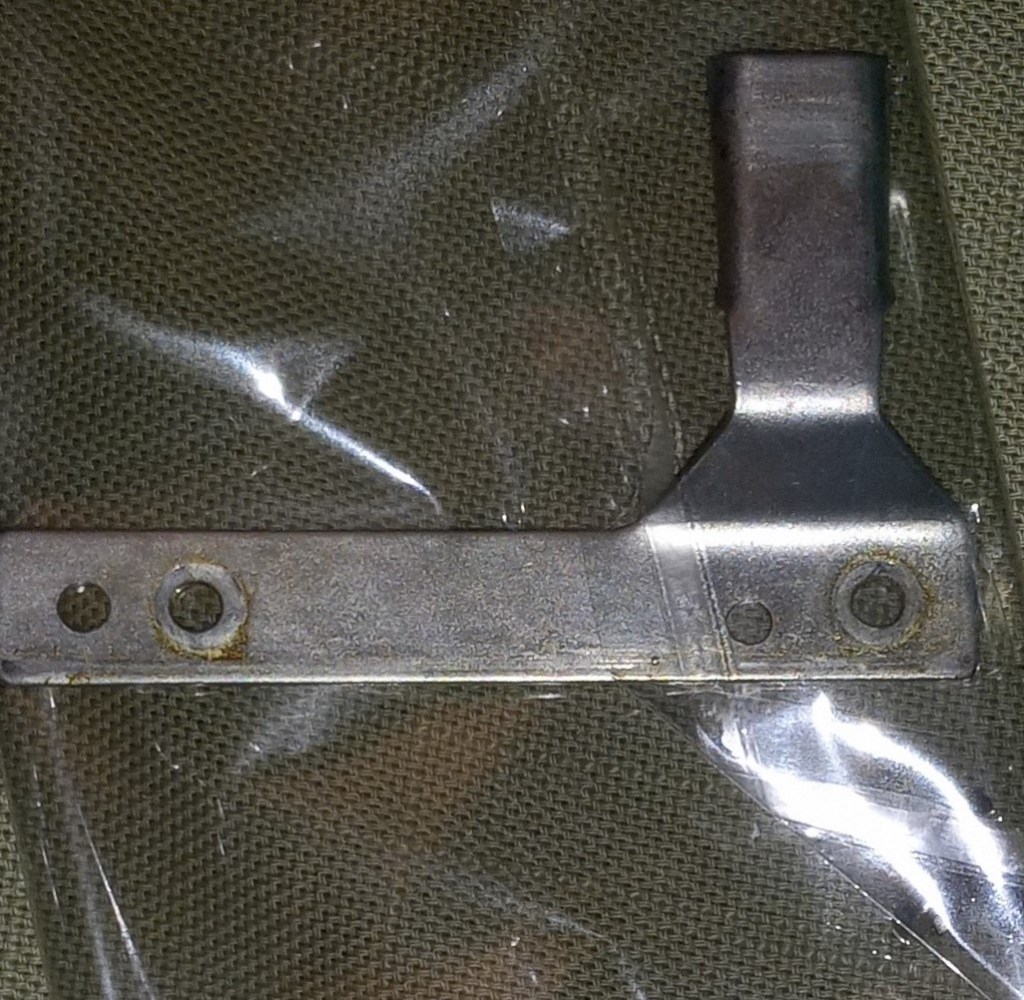


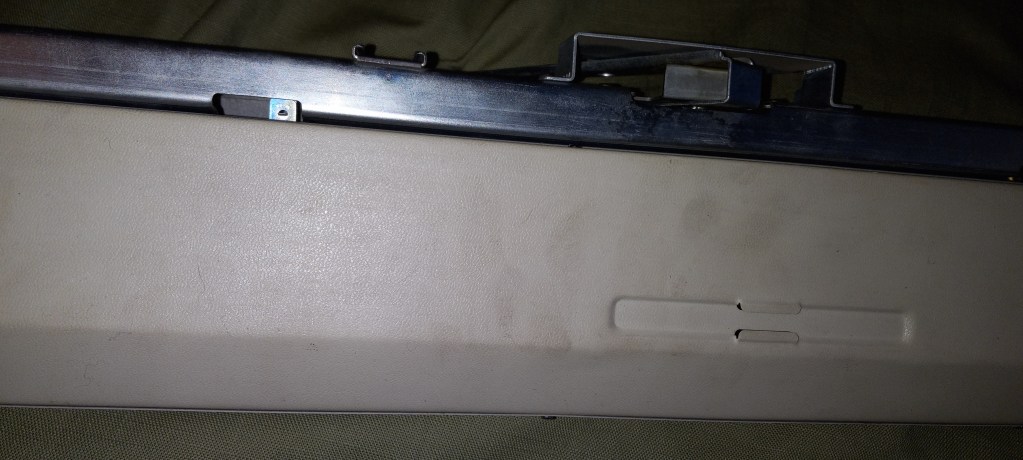
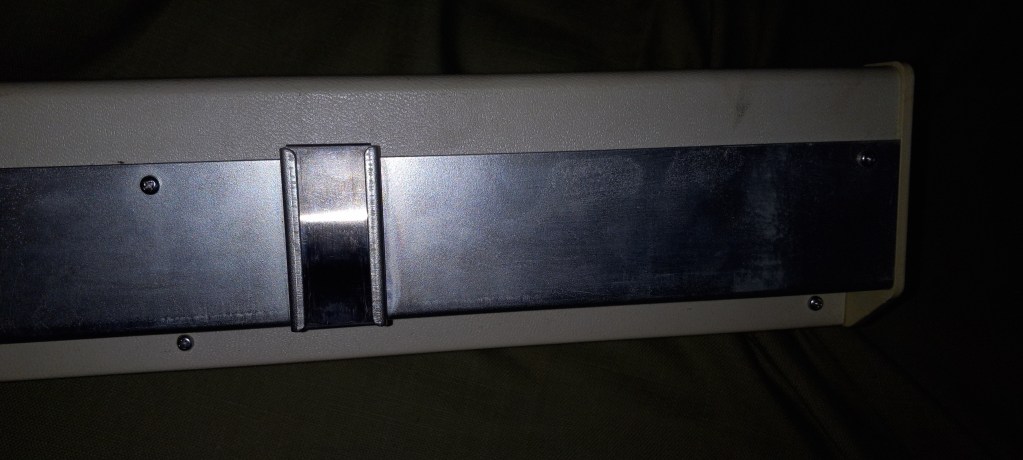
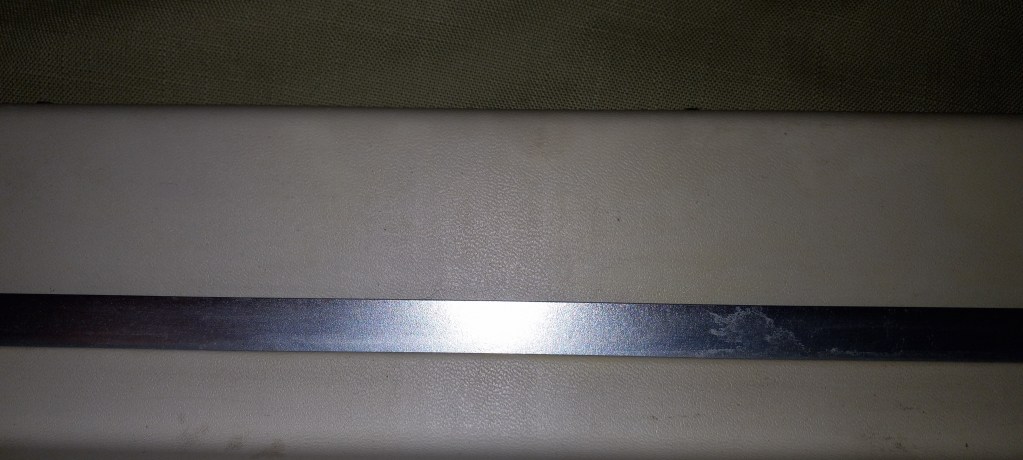


 Scrabby yarn (from
Scrabby yarn (from  Knitting by hand with this yarn was fun – it creates a unique texture without any effort. I also decided to use my Addi circular machine to see if I can make household items faster. So, I was able to knit loofahs, coffee holders (aka reusable sleeves for paper cups), place holders, table pads and coasters.
Knitting by hand with this yarn was fun – it creates a unique texture without any effort. I also decided to use my Addi circular machine to see if I can make household items faster. So, I was able to knit loofahs, coffee holders (aka reusable sleeves for paper cups), place holders, table pads and coasters. The knitting on the machine became significantly easier after the first two rows. However, some of the stitches did not sink into the slots on their own and I had to help “them” . Even though the yarn will hide all defects because of the variegated colors and because of the twisties on the yarn, I still did not want to create tuck stitches because they sometimes lead to missed stitches. Check out my
The knitting on the machine became significantly easier after the first two rows. However, some of the stitches did not sink into the slots on their own and I had to help “them” . Even though the yarn will hide all defects because of the variegated colors and because of the twisties on the yarn, I still did not want to create tuck stitches because they sometimes lead to missed stitches. Check out my 
 I purchased a new Hague linker directly from Hague in UK and so far I am very pleased although not everything is ideal. This is the only linker that I ever used so I don’t really have what to compare. My linker with the one with the electronic foot pedal control but the same pros and cons and advice are applicable to a manual machine.
I purchased a new Hague linker directly from Hague in UK and so far I am very pleased although not everything is ideal. This is the only linker that I ever used so I don’t really have what to compare. My linker with the one with the electronic foot pedal control but the same pros and cons and advice are applicable to a manual machine.
 Pros and cons specifically for an electric linker:
Pros and cons specifically for an electric linker:




















































































































































































































































